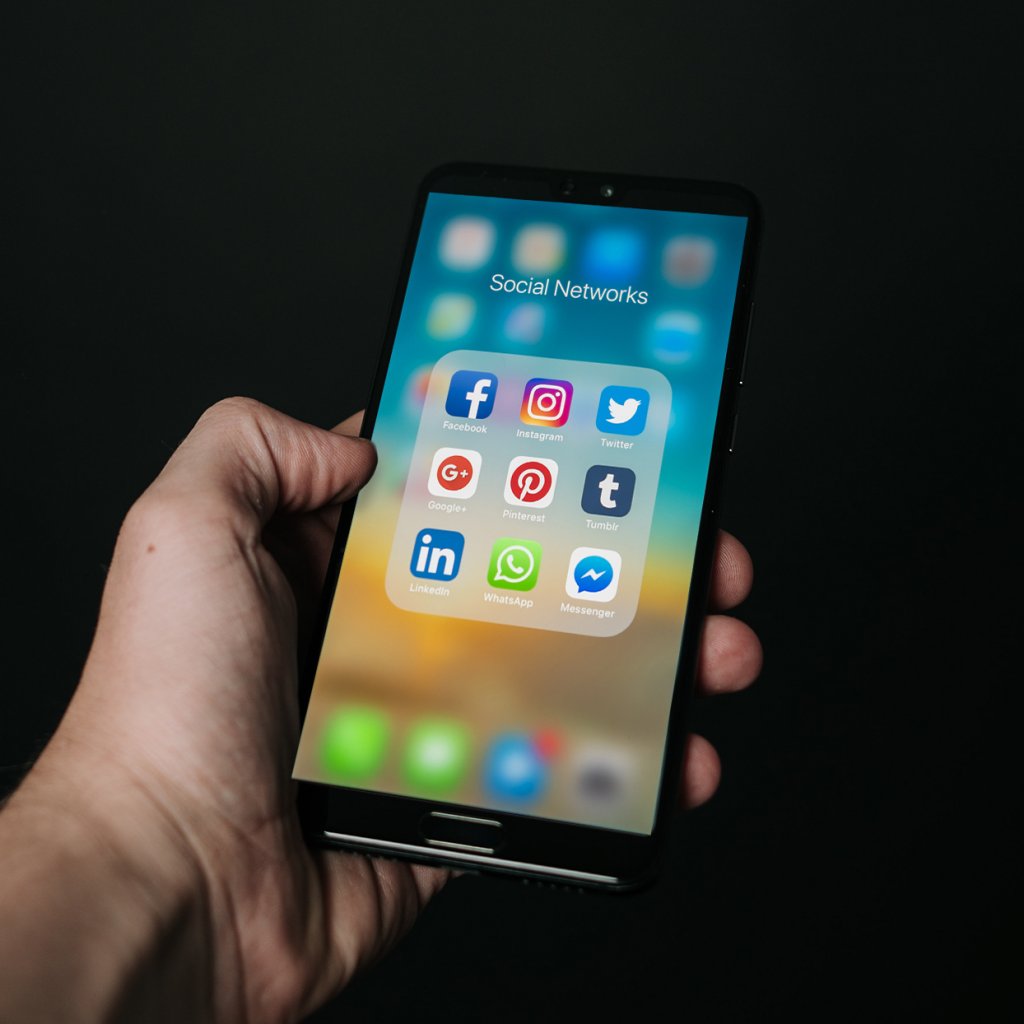Why you should be thinking about accessibility design
Picture this: after queuing in your car at your favourite drive-through, you’re ready to order. Through the speaker you hear those magic words: “Welcome to [fill in fast food chain], may I take your order please?” You rattle out the order with the precision and confidence of an Eminem verse. You’re on top of the world and can already taste your order. But then there’s a kink in the cable: you’re asked to repeat the order because the person taking it missed something, you notice a mistake on the screen or – worst-case scenario – you open your bag and the items are wrong.
If you’ve ever experienced this, have you wondered why it happened? As a non-native English speaker, I always thought that perhaps it’s my accent. But there are so many more reasons why a mistake could have been made. Maybe the person taking your order could have an ear infection (temporary) and can’t hear very well. Maybe a loud car drove by, impeding the sound (situational) – or maybe they recently lost some hearing and are learning how to adapt to work (permanent).
And that was just the intercom! Imagine how many design flaws could occur in wider operations: the online menu, the POS system, the navigation app… in the digital world, you can’t speak to a human instantly and are relying solely on technology. This is exactly what accessibility design is for.
Under the Equality Act 2010, a person is disabled if they have a physical or mental impairment that has a ‘substantial’ and ‘long-term’ negative effect on their ability to do normal daily activities.1 It can include:
- being blind or visually impaired
- being deaf or having hearing loss
- having a mobility impairment
- having a mental health condition
- having a learning disability
- having an illness such as cancer or multiple sclerosis.
Around 14.1 million people in the UK are disabled: that’s 1 in 5 of your customers.2 Consciously paying attention to accessibility across locations, products and services could mean the difference between them being included or excluded.
It goes without saying that digital is becoming increasingly important, as it is now the primary touchpoint of consumer-brand interaction. We’ve identified three key reasons why you should be actively investing in accessibility:
Commercial value
The economic impact of not including everyone in your service or product offering can be significant. The online spending power of disabled people is estimated at over £16bn.3 However, 73% of disabled potential customers experience barriers on more than a quarter of the websites they visit4 – and 71% of customers with access needs will click away from a website that they find difficult to use.5
Legal implications
Many businesses see accessibility as just a box to tick, assuming that only public organisations are legally obligated to implement accessibility principles in accordance with the Web Accessibility Directive. However, in 2019, the EU modernised and published its legal requirement for websites, apps and other technology to be inclusive through the European Accessibility Act. Any company selling products and services to an EU member state needs to comply by 28 June 2025. What’s more, an inaccessible website could be in breach of the Equality Act 2010, as indirect discrimination against your disabled customers.
Doing what’s right
Profit is obviously a key part of the commercial industry, but accessibility revolves around a much bigger moral imperative and doing what’s right on a human level. Implementing accessibility standards can provide opportunities, encourage diversity and enhance creativity.
Sarah Hendren, author of What Can a Body Do?, says design provides “replacement parts for the things that matter”. Things that might seem arbitrary can have a much bigger knock-on effect: an airline with an accessible website could mean someone can see a loved one independently, and a bank with a user-friendly app could allow someone to help their grandchild buy their first house. Whatever industry you’re in, everyone deserves equal opportunities.
How can I make my business accessible?
Incorporating accessibility design into your business is not an overnight fix. Companies like Apple, Microsoft and Barclays have invested great amounts of time and money into accessibility and inclusive design. This principle focuses on the diversity of people at a holistic level from the very start, putting people, profit and the planet front of mind in making design decisions. Even though there is an overlap between the two terms, accessible and inclusive design both ultimately aim to benefit all customers – not just those with an impairment. For example, 27% of the global population is using voice search on mobile.6
However, accessibility is often not considered until the later stages of a project. This can have substantial implications, such as redesigns leading to delays, or worse – if there is no time to delay – a product going out into the world that isn’t accessible to everyone.
To make the most efficient use of your budget and project timelines, ask yourself the following questions:
- What does a user physically have to do to interact with us?
- What visual elements does a user need to process in order to digest our content?
- How critical are any sounds to a user to understand and digest our content?
- What barriers might there be for a user to truly understand our content?
When it comes to accessibility, this is just the tip of the iceberg: there is much more to learn, spreading into wider territories such as SEO, UX, PR, and in the physical world.
At krow, we’re communicators – and we’re working to make sure that what we say can be heard by as many people as possible. If you’d like to find out how we could help your brand on its accessibility journey, get in touch
1 https://www.gov.uk/guidance/equality-act-2010-guidance
2 https://www.scope.org.uk/media/disability-facts-figures/
3 https://wearepurple.org.uk/the-purple-pound-infographic/
4 https://wearepurple.org.uk/the-purple-pound-infographic/
5 http://www.clickawaypound.com/cap16finalreport.html
6 https://www.thinkwithgoogle.com/marketing-strategies/search/voice-search-mobile-use-statistics/
MORE LIKE THIS

Using digital superpowers to build experience
Written by Kirstin Wilson, Senior Account Director at krow.x
Read more
Purposeful social
Written by Sam Bettis, Customer Engagement Director at krow.x
Read more
Three ways to improve your digital performance
Written by Steve Staff, Social Media Manager at krow.x
Read more
